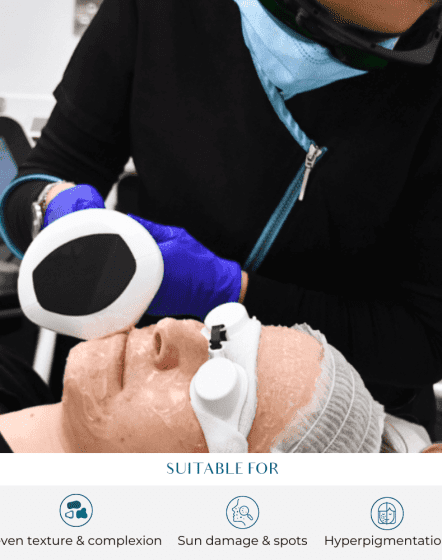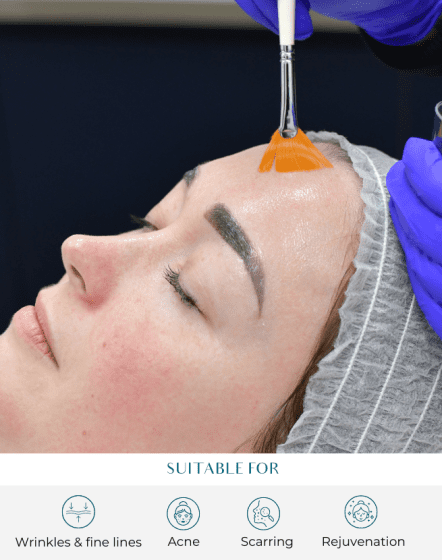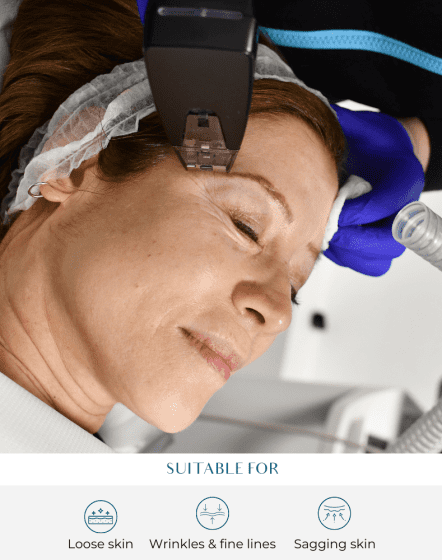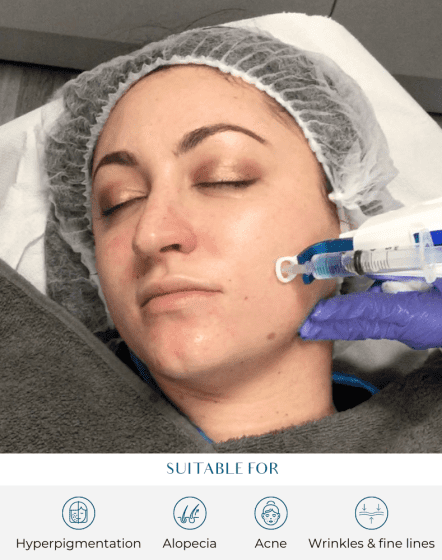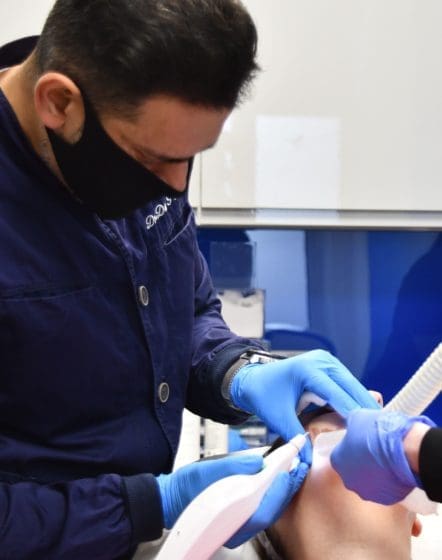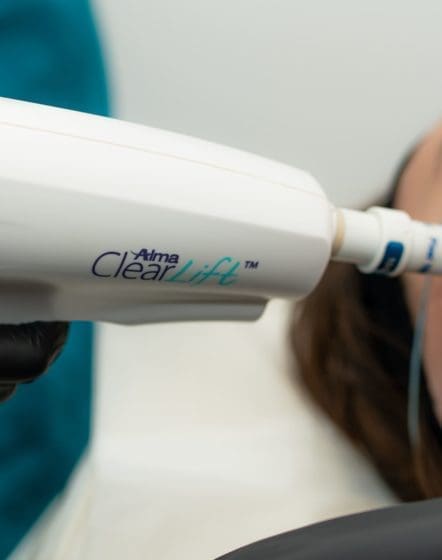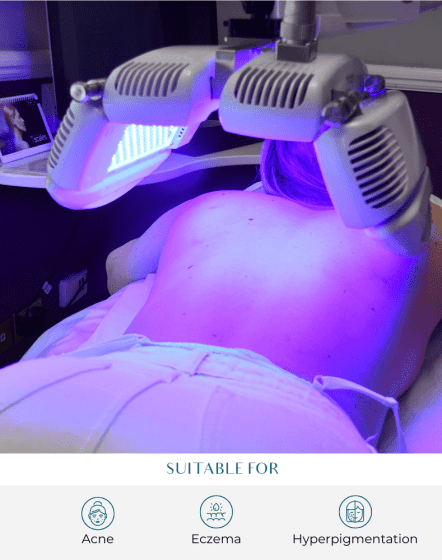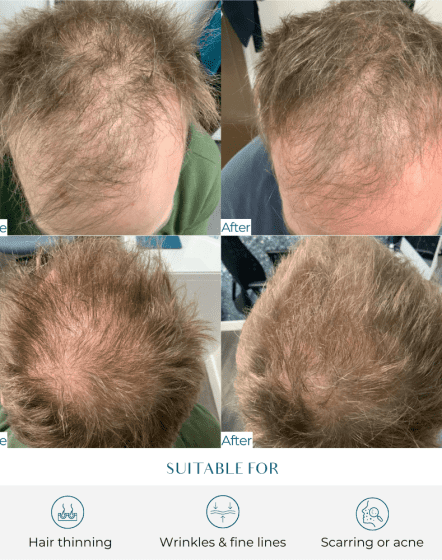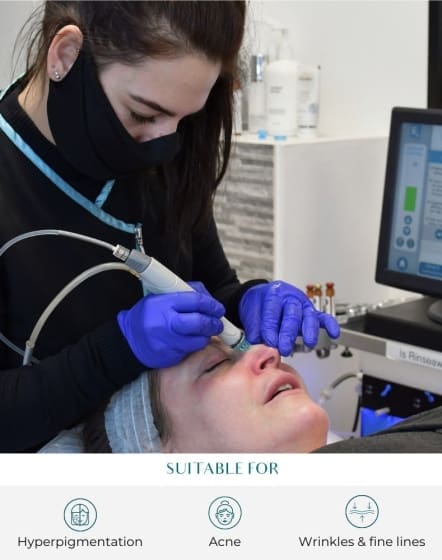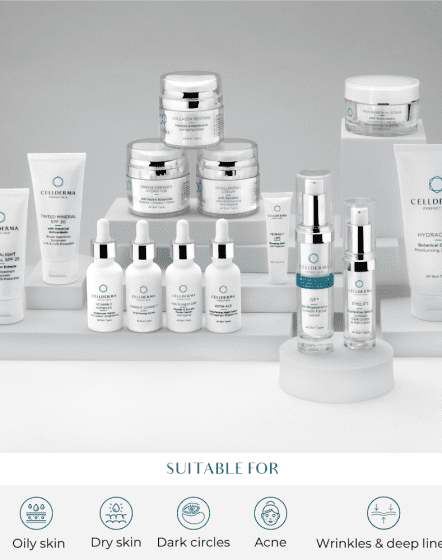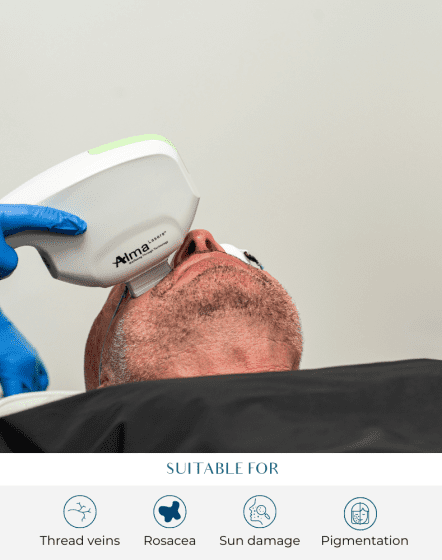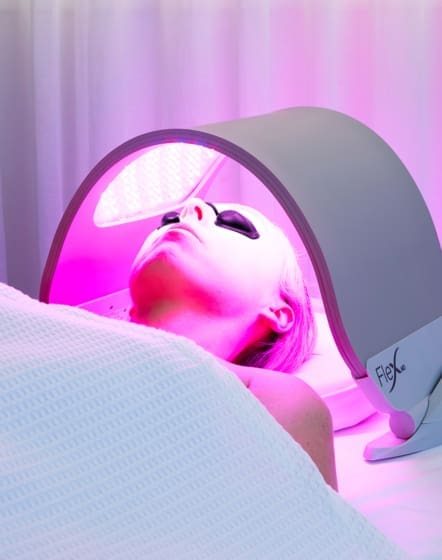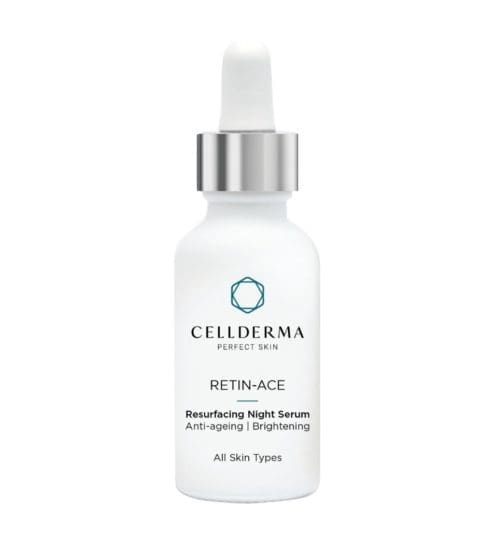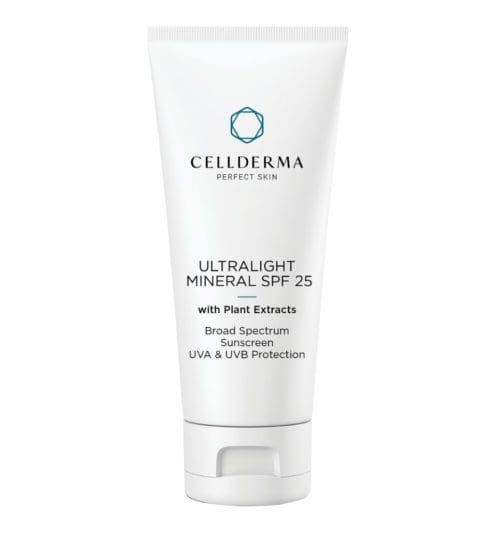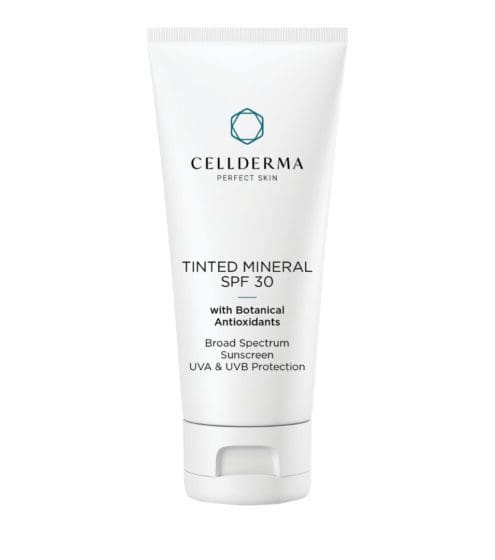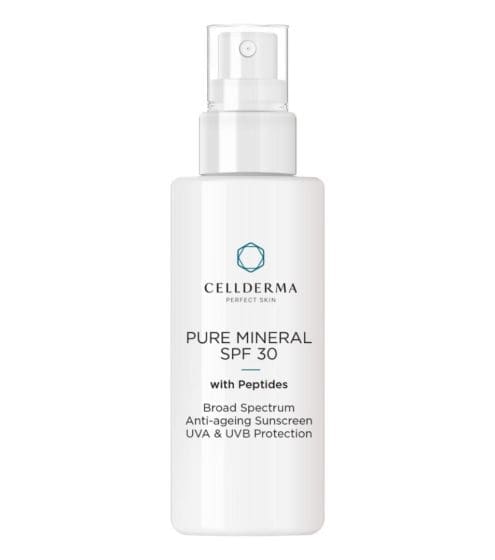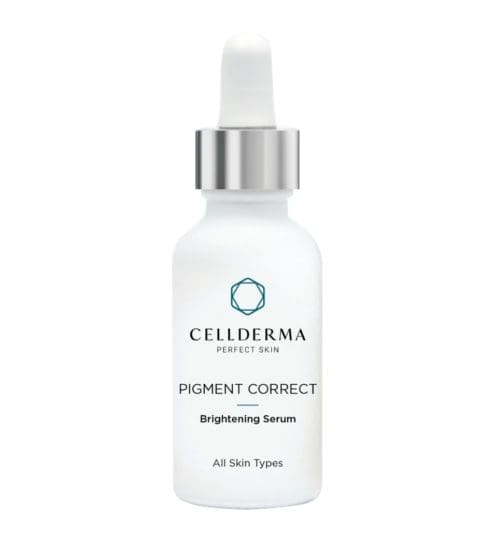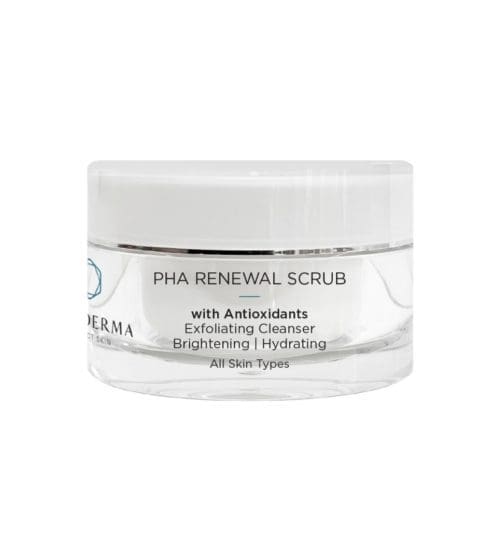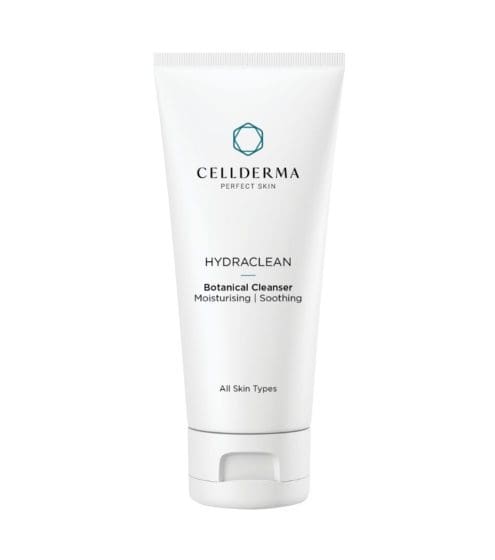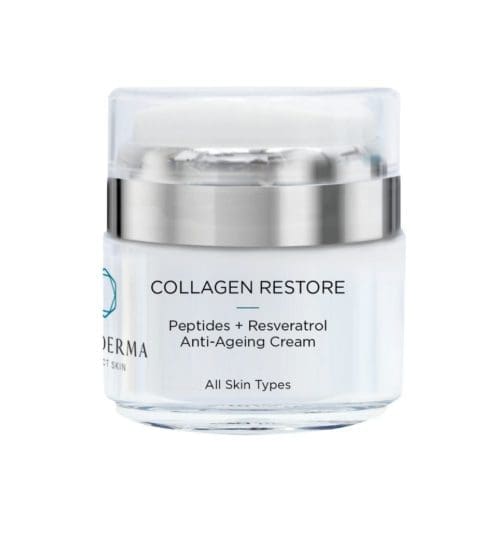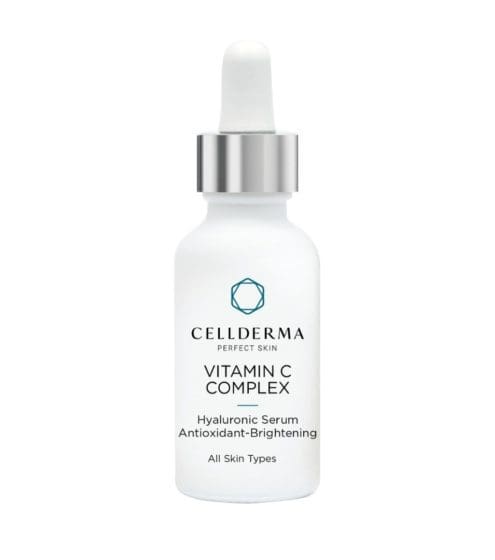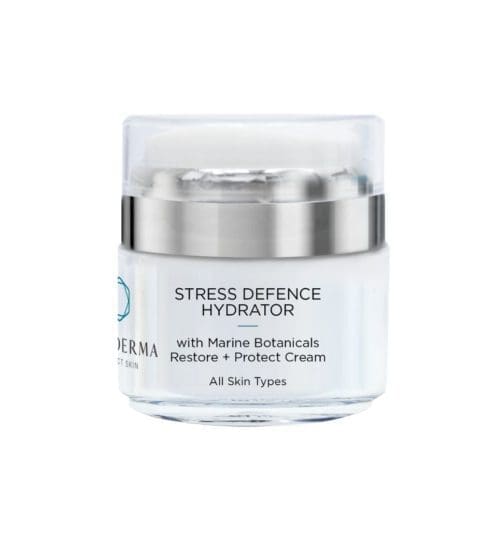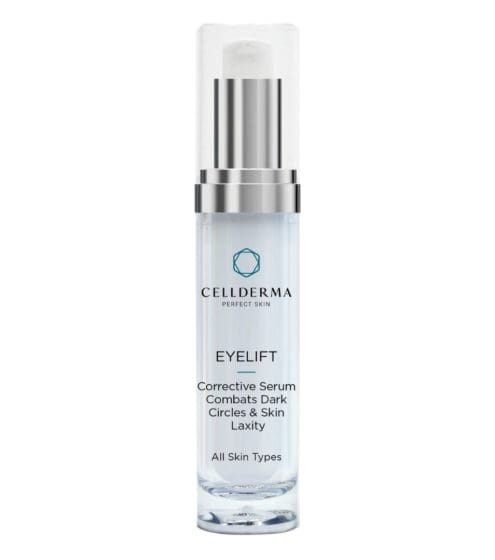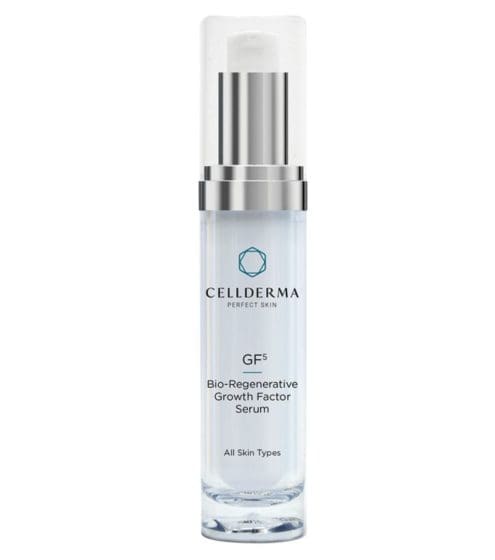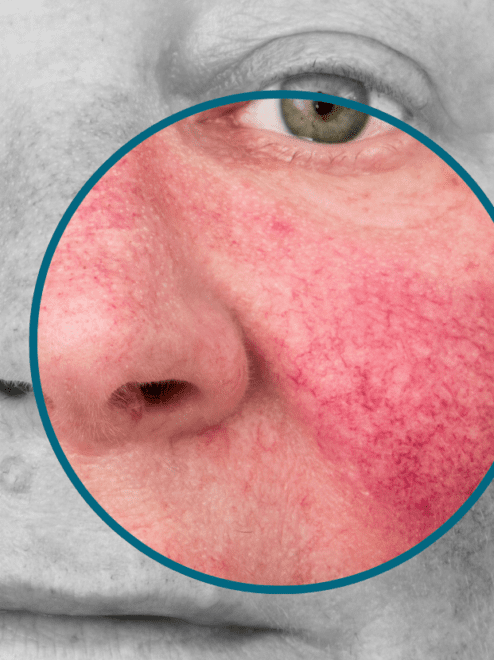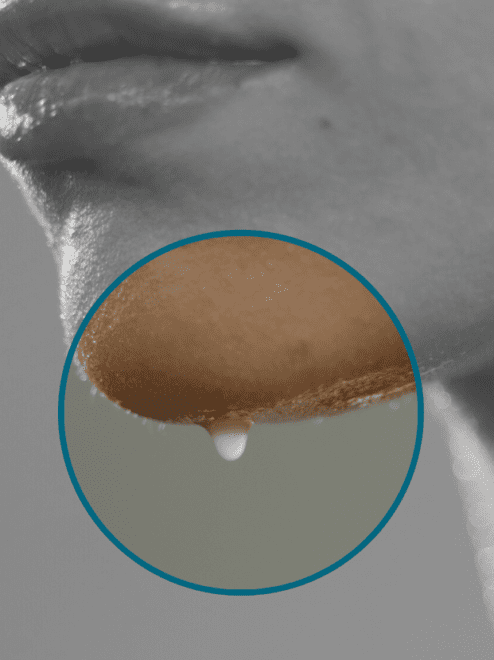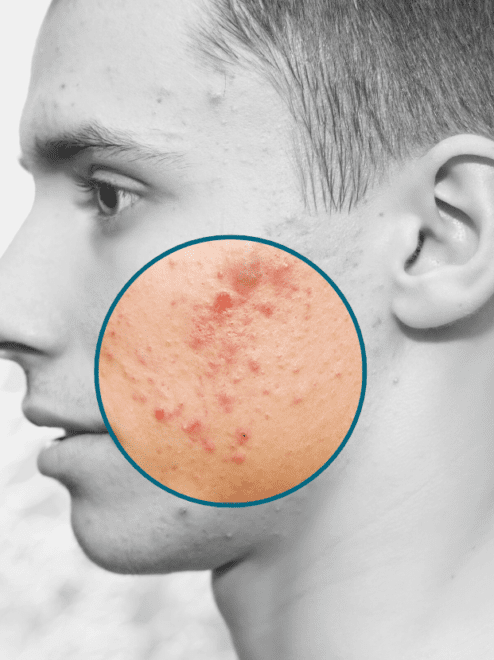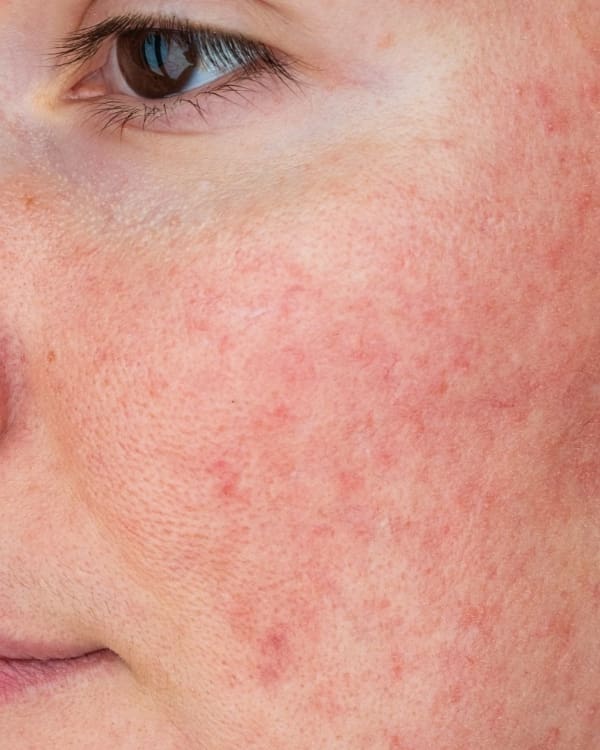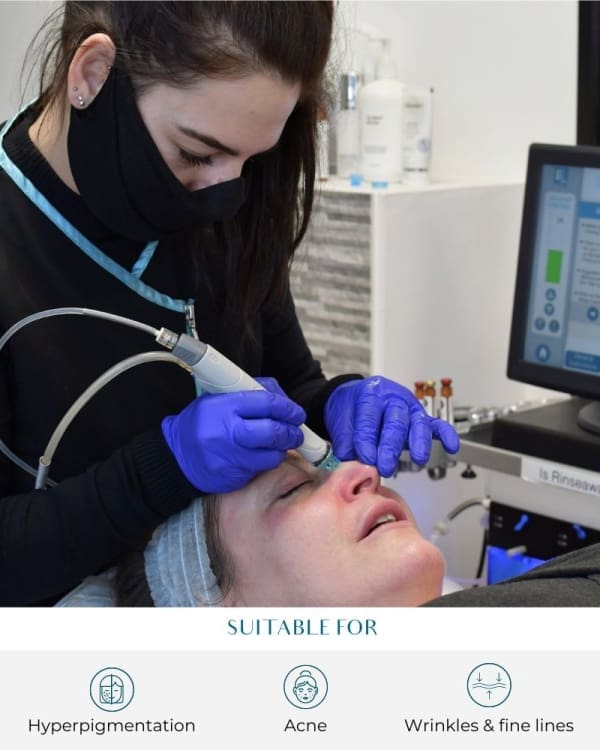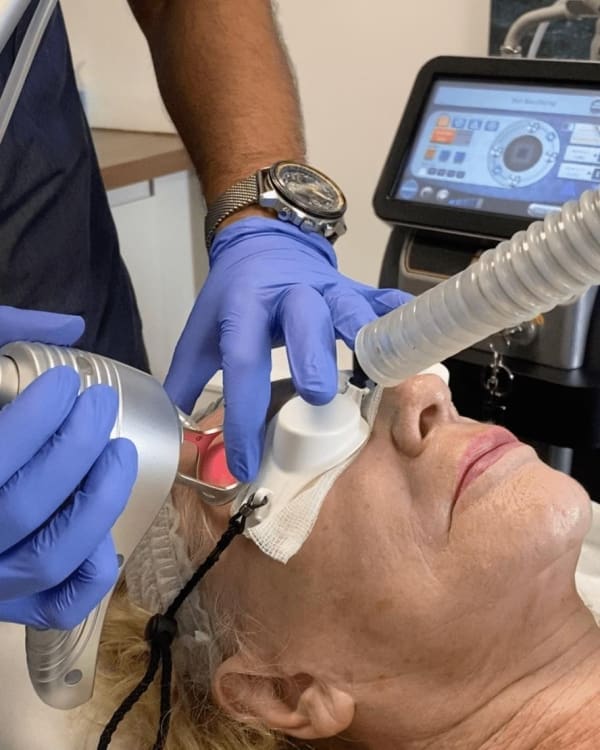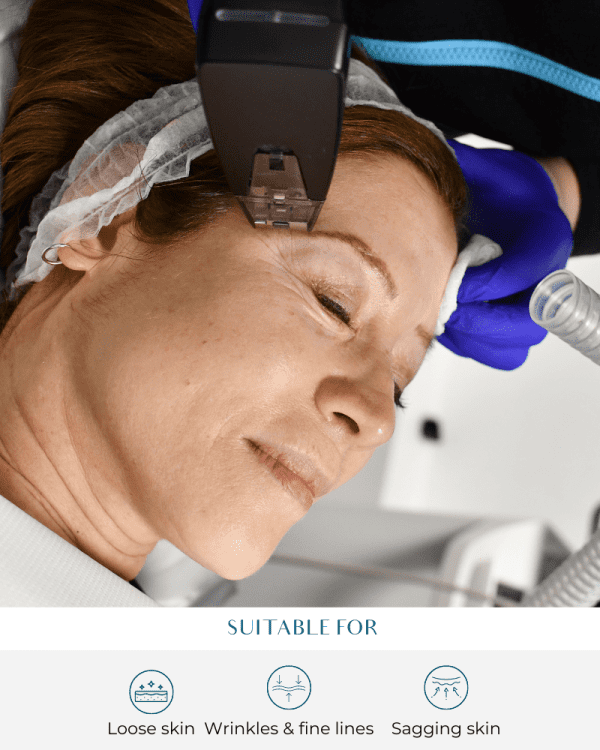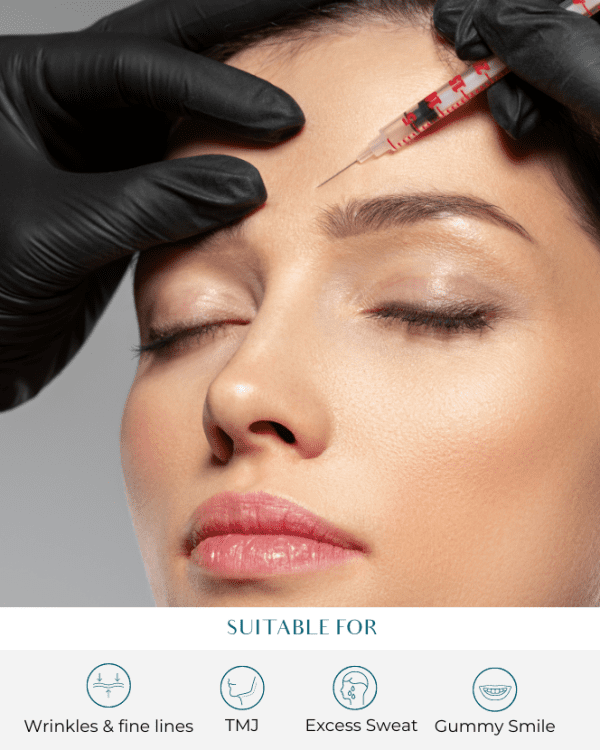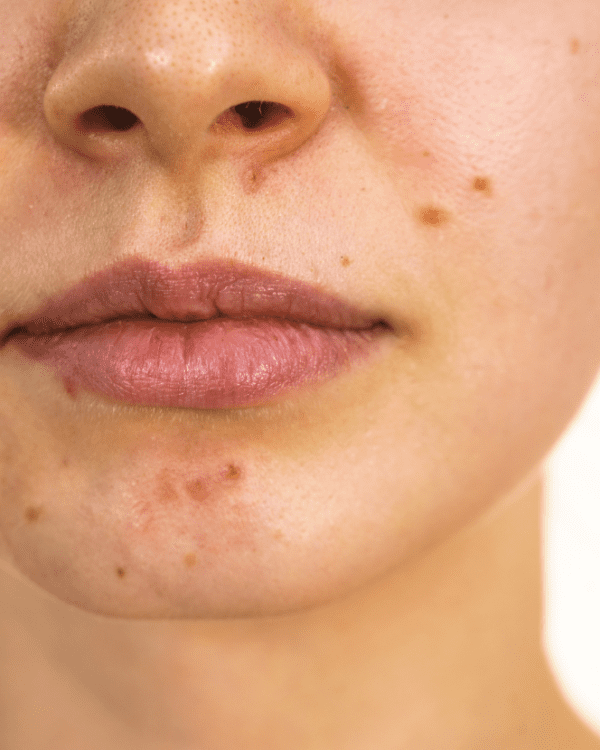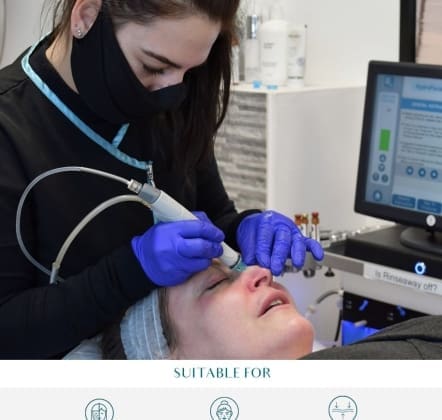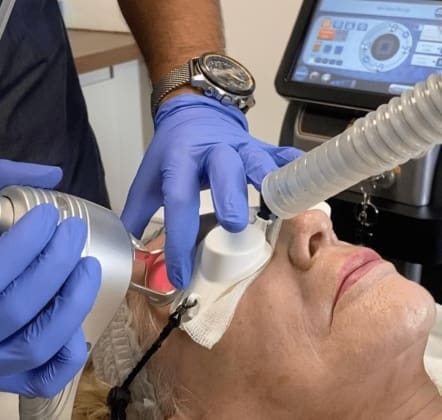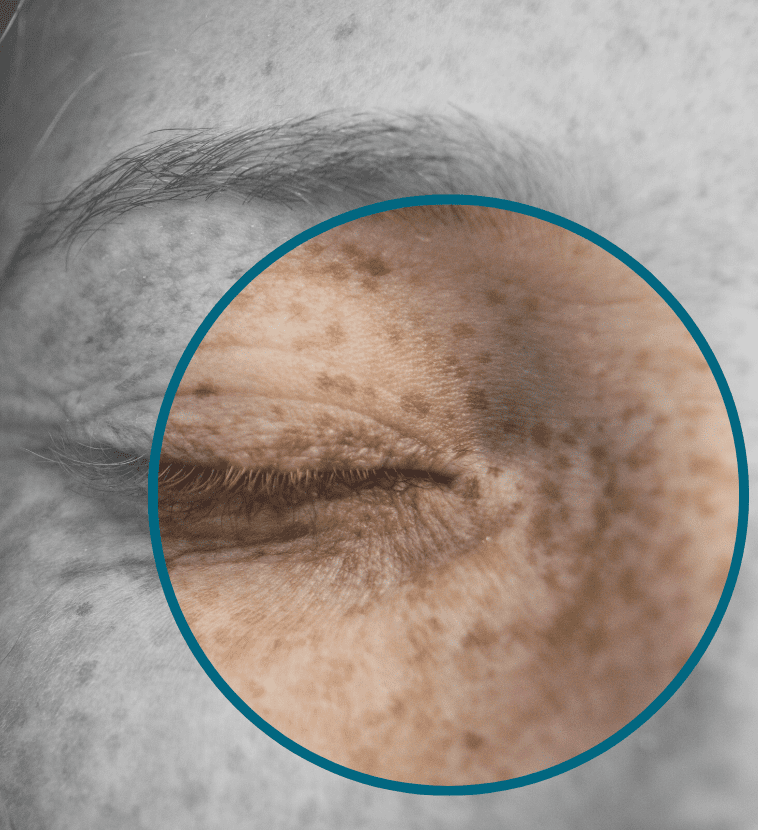

skin Condition
Hyperpigmentation
Hyperpigmentation is where patches of the skin can become darker than the surrounding skin. It’s a pretty common condition for all skin types and is generally very treatable and harmless. For some people having uneven skin colour can make them feel self conscious.
Hyperpigmentation is where patches of the skin can become darker than the surrounding skin. It’s a pretty common condition for all skin types and is generally very treatable and harmless. For some people having uneven skin colour can make them feel self conscious.
Certain medical conditions, such as Addison’s disease, can also trigger hyperpigmentation.
There are different causes of your hyperpigmentation, from acne or skin injury creating post-inflammatory hyperpigmentation (PIH) or from sunspots (age spots) or melasma from hormonal changes/pregnancy. We will discuss how the pigmentation occurred in consultations so we know how to treat it. At Perfect Skin Solutions we want a long term solution not a quick fix so we will help manage the reason you first got the pigmentation in the first place, ie reduced oil/sebum production if caused by acne to help reduce new breakouts appearing, lighten the pigmentation and prevent it coming back with a good physical filter SPF and or maintenance treatments.
Too much sun can trigger melanin production and hyperpigmentation.
What is Hyperpigmentation
Hyperpigmentation is a common skin concern characterized by the appearance of dark spots, patches, or uneven skin tone, affecting people of all skin types and tones. This condition occurs when there is an increase in melanin production, the pigment responsible for skin colour, resulting in areas of skin becoming darker than the surrounding areas. Various factors, including excessive sun exposure, hormonal influences, age, skin injuries and inflammation can trigger hyperpigmentation. Understanding these causes is key to effective treatment and management.
Hyperpigmentation treatments are advanced solutions for those with skin issues like dark spots and uneven skin tone, providing options for a more even complexion.Hyperpigmentation is a common skin condition where dark spots, patches or discolouration appears on the skin. This occurs when the skin produces more melanin, resulting in an imbalance and excess melanin in certain areas. Melanin is the pigment of our skin and when produced in excess it can make the skin look uneven with darker patches or spots standing out against the surrounding skin tone. It can affect all skin types so it’s a common concern for everyone. However, darker skin types are more prone to hyperpigmentation due to higher melanin levels. Individuals with dark skin may face more pronounced hyperpigmentation and longer fading times due to stronger pigmentation.
What causes Hyperpigmentation
Hyperpigmentation can be caused by:
- Sun Exposure: Prolonged over-exposure to the sun can trigger melanin production and hyperpigmentation, leading to sun spots (age spots), which are flat, darkened patches on the skin. These spots can vary in size and colour, contributing to uneven skin tone and are common in areas exposed to the sun.
- Hormonal Changes: Hormonal changes during pregnancy, menopause or using the pill can cause conditions like melasma which is dark blotchy patches on the skin.
- Inflammation: Post-inflammatory hyperpigmentation (PIH) can occur after skin injury, acne or other inflammatory conditions. This type of hyperpigmentation is more common in darker skin tones.
- Genetics: Some people are more prone to hyperpigmentation due to their genes so they are more likely to get dark spots and patches.
- Aging: As we age our skin’s ability to regulate melanin production declines and hyperpigmentation occurs.
- Other Predisposing Factors: Factors such as ethnicity, geographical location and pregnancy can influence the prevalence of conditions like melasma and PIH, particularly in patients with darker skin tones.
Risk Factors
Several factors can increase the risk of developing hyperpigmentation, so it’s important to understand and manage these risks. Excessive sun exposure is a major culprit as UV radiation stimulates melanin production and darkened areas on the skin. People with darker skin types are more prone to hyperpigmentation due to higher amount of melanin in their skin cells which can result in more noticeable pigmentation issues.Hormonal changes such as during pregnancy, menopause or taking certain medications can also trigger hyperpigmentation. Conditions like Addison’s disease further increase the risk as they affect the body’s hormonal balance. Genetic factors also play a big role, some people are more prone to hyperpigmentation due to their genetic makeup.
Certain medications especially those used to treat acne can cause hyperpigmentation as a side effect. Overexposure to UV radiation whether from the sun or tanning beds increases the risk so sun protection is key. By understanding these risk factors we can take proactive steps to minimize our chances of getting hyperpigmentation.
Types of Hyperpigmentation
There are several types of hyperpigmentation each with its own characteristics and causes. Melasma for example is a common skin condition where brown or grey patches appear on the face. It’s often triggered by hormonal changes, sun exposure and genetic factors. Post-inflammatory hyperpigmentation (PIH) occurs after skin injury or inflammation resulting in darkened areas of skin that can be hard to treat. This type of hyperpigmentation is more common in darker skin tones.
Sunspots also known as solar lentigines are flat brown or black spots that appear on sun exposed areas of the skin such as the face, hands and arms. These spots are direct result of prolonged sun exposure and more common as we age. Understanding the different types of hyperpigmentation is key to developing effective treatment plans and preventing further skin damage. By identifying the specific type of hyperpigmentation targeted treatments can be applied more effectively. Various dermatological treatments such as chemical peels and laser therapy are effective options to remove hyperpigmentation and achieve even skin tone.
Symptoms and Effects of Hyperpigmentation
Hyperpigmentation can manifest as:
- Dark Spots or Patches: These can appear anywhere on the body but most common on the face, hands and other sun exposed areas. Hyperpigmentation can manifest as dark spots or patches which are often referred to as dark patches.
- Uneven Skin Tone: The skin may look blotchy or uneven with areas of discolouration standing out against the natural skin tone.
- Brown Patches or Freckles: These can vary in size and more visible on lighter skin tones.* Skin Discolouration: The affected areas can be light brown to black depending on the individual’s skin tone and severity of the condition.
- Dull Skin: Hyperpigmentation can make the skin look unhealthy.
- Skin Changes: Consult a dermatologist for any unusual skin changes such as new blemishes or lingering discolouration to rule out more serious conditions.
Consulting a dermatologist for personalized skin treatment can help address the symptoms of hyperpigmentation and overall skin health.
Besides the physical symptoms hyperpigmentation can also have emotional and psychological effects:
- Low Self-Esteem: You may feel self conscious about your appearance.
- Anxiety: Skin concerns can cause anxiety.
- Depression: Chronic skin problems can lead to depression.
- Embarrassment: Visible discolouration can be embarrassing in social situations.
Preventing Hyperpigmentation
Preventing hyperpigmentation requires a combination of sun protection, skincare and lifestyle modifications to reduce the risk of skin damage and melanin overproduction. Using broad-spectrum sunscreen with SPF 30, wearing protective clothing and seeking shade when spending time outdoors can help prevent overexposure to the sun. These are essential in protecting the skin from harmful UV rays that can trigger melanin production.
Avoiding skin injuries such as cuts, burns and acne can reduce the risk of post-inflammatory hyperpigmentation (PIH). Maintaining a healthy skincare routine including the use of topical treatments and chemical peels can help reduce the appearance of hyperpigmentation and prevent further skin damage. Avoiding certain medications and medical conditions that can trigger hyperpigmentation such as hormonal therapies and Addison’s disease can also help prevent it. By taking proactive steps we can minimize the risk of getting hyperpigmentation. Results of hyperpigmentation treatments may vary, some may see improvements in a few weeks while others may take several months.
Skincare for Hyperpigmentation
Skincare plays a big role in managing hyperpigmentation, various topical treatments and products are available to reduce its appearance. Topical treatments such as hydroquinone, azelaic acid and vitamin C can help inhibit melanin production and reduce the appearance of hyperpigmentation. These ingredients work by lightening dark spots and evening out skin tone.Chemical peels such as glycolic acid and kojic acid can exfoliate the skin removing dead skin cells and promoting collagen production. This will reveal fresher and more even pigmented skin. Laser treatments such as laser and intense pulsed light (IPL) can reduce the appearance of hyperpigmentation by targeting melanin producing cells. These are more effective for more stubborn pigmentation issues.
Maintaining a consistent skincare routine including the use of broad-spectrum sunscreen and moisturizers can prevent further skin damage and reduce the appearance of hyperpigmentation. By incorporating these treatments and products in your daily routine you can achieve a more even and radiant complexion. Incorporating hyperpigmentation treatments in your skincare routine can significantly reduce dark spots and promote even skin tone.
Foods for Skin Health
A healthy diet rich in fruits, vegetables and whole grains can promote skin health and reduce hyperpigmentation. Foods high in antioxidants such as berries, leafy greens and other fruits and vegetables can protect the skin from damage caused by free radicals. These antioxidants neutralize harmful molecules that can cause skin aging and pigmentation issues.
Omega-3 fatty acids found in fatty fish, nuts and seeds can reduce inflammation and promote healthy skin. These essential fats support the skin’s barrier function and keep it hydrated. Vitamin C found in citrus fruits, bell peppers and broccoli can boost collagen production and reduce fine lines and wrinkles. This vitamin is also known for its skin-brightening properties making it a valuable addition to any diet that aims to improve skin health.
Drinking plenty of water and limiting sugary and processed foods can also promote skin health and reduce hyperpigmentation. Staying hydrated helps maintain skin elasticity and overall health while reducing sugar intake can prevent inflammation and breakouts. By incorporating these dietary changes you can support your skin from the inside out and achieve a healthier and more radiant complexion.
Diagnosing Hyperpigmentation
Diagnosing hyperpigmentation usually starts with a visual examination of the skin by a dermatologist or skincare professional. This initial assessment helps identify the type and extent of pigmentation issues. To get a more detailed view the doctor may use a Wood’s lamp or other specialized equipment which can highlight areas of pigmentation that are not visible to the naked eye.In some cases a skin biopsy may be necessary to rule out other conditions that can cause similar symptoms such as skin cancer or other dermatological disorders. The dermatologist will also ask about the patient’s medical history, skincare routine and sun exposure habits. This information is important in determining the underlying cause of the hyperpigmentation and developing a treatment plan.
Accurate diagnosis is key to tailoring treatments to the individual’s needs and achieving the best possible results in managing and reducing hyperpigmentation.
Hyperpigmentation Treatment
There are several treatment options for hyperpigmentation:
- Topical Treatments: Creams, serums and gels with ingredients like hydroquinone, retinoids, ascorbic acid and vitamin C can reduce hyperpigmentation by lightening dark spots and even out skin tone. Tranexamic acid has fewer side effects compared to other treatments like hydroquinone.
- Chemical Peels: A chemical solution is applied to the skin to remove the top layers and promote new even pigmented skin. This can reduce dark spots and patches.
- Laser Treatments: Laser can break down melanin deposits in the skin to reduce hyperpigmentation. Different lasers can be used depending on the severity and depth of the pigmentation.
- Microdermabrasion: Non-invasive exfoliating treatment removes dead skin cells and improves skin texture to reduce hyperpigmentation and even out skin tone.
- Tranexamic Acid: Tranexamic acid is a good treatment for hyperpigmentation especially melasma.
Hyperpigmentation treatments including topical treatments, chemical peels and laser therapies offer advanced solutions for dark spots and even skin tone.
Reversing Hyperpigmentation
Reversing hyperpigmentation can be difficult but with the right treatment plan significant improvements can be achieved. Topical treatments are often the first line of defense with ingredients like azelaic acid, vitamin C and glycolic acid playing a key role in reducing dark spots. These ingredients work by inhibiting melanin production and promoting even skin tone.Chemical peels and laser treatments are also options. Chemical peels remove dead skin cells and stimulate collagen production, revealing fresher more even pigmented skin. Laser treatments target melanin deposits in the skin and break them down to reduce pigmentation. In some cases oral medications like tranexamic acid may be prescribed to manage hyperpigmentation from within.
Protecting the skin from further sun damage is key to preventing new pigmentation issues. Using a broad-spectrum sunscreen and wearing protective clothing can help shield the skin from UV rays and ensure the treatment results last.
Fading Hyperpigmentation Naturally
Fading hyperpigmentation naturally takes time and consistency but several remedies can help achieve noticeable results. Natural ingredients like kojic acid, vitamin C and licorice extract can reduce the appearance of hyperpigmentation. These ingredients work by lightening dark spots and promoting even skin tone.
Regular exfoliation is another key strategy. Using a gentle scrub or chemical peel can remove dead skin cells and encourage cell turnover, revealing brighter healthier skin. Incorporating a broad-spectrum sunscreen and moisturizer in your daily skincare routine is important to protect the skin from further damage and support healthy skin cell growth.
Avoiding excessive sun exposure and wearing protective clothing can also prevent new pigmentation issues from developing. By combining these natural remedies with a consistent skincare routine you can gradually fade hyperpigmentation and achieve a more radiant complexion.
Hyperpigmentation Serum
A hyperpigmentation serum can be an effective way to reduce dark spots and uneven skin tone. When choosing a serum look for ingredients like vitamin C, glycolic acid or azelaic acid which are known to lighten hyperpigmentation and promote even complexion.
Apply the serum to the affected areas once or twice a day as directed and follow up with a broad-spectrum sunscreen and moisturizer to protect the skin from further damage. Be patient as it may take several weeks to see noticeable results from using a hyperpigmentation serum.
For better results consider combining the serum with other treatments like chemical peels or laser therapy. These additional treatments can accelerate the fading of dark spots and improve overall skin tone and give you a more even and radiant complexion.
Advanced Treatment for Skin PigmentationFor hyperpigmentation advanced treatments are available to address severe cases. Choosing the right treatment is key. These can be:
- Laser Therapy: More intense laser treatments can target deeper layers of the skin to reduce stubborn hyperpigmentation. Good for larger areas of discolouration.
- Microneedling: Minimally invasive treatment uses tiny needles to create micro injuries in the skin to stimulate collagen production and improve skin texture. Can reduce hyperpigmentation and even out skin tone.
- Chemical Peels: Deeper chemical peels can go deeper into the skin to address more severe pigmentation issues. Can give significant improvement in skin tone and texture.
- Skin Brightening Treatments: Products with ingredients like kojic acid, azelaic acid and licorice extract can brighten and even out the skin tone to reduce dark spots and patches.
- Melasma commonly appears on the upper lip along with other facial regions.
Advanced hyperpigmentation treatments like intense laser therapy and deep chemical peels can address severe pigmentation issues.
The role of UV light in hyperpigmentation highlights the importance of sun protection. UV radiation can be harmful so protective measures are necessary.
Remember everyone’s skin is different and what works for one person may not work for another. Consult a dermatologist or skincare professional to determine the best treatment plan for your skin concerns.

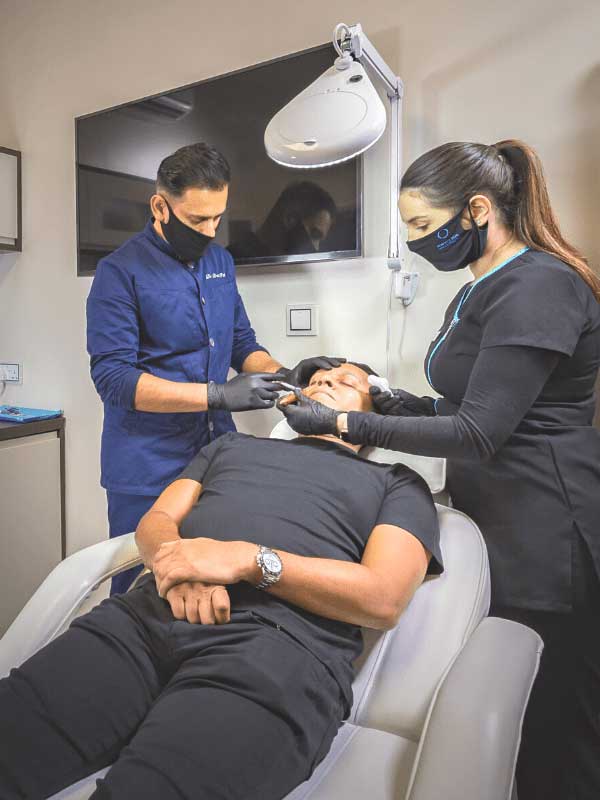

Why have your Hyperpigmentation treated at Perfect Skin Solutions?
Whether you have a few small sunspots or a large amount of pigmentation due to previous inflammation, we have a treatment suitable for you. We are proud to offer two of the best laser platforms on the market, all at competitive prices, as well as advanced a Melasma protocol with patients achieving amazing results.
Get in contact













